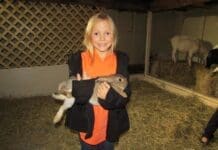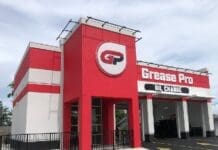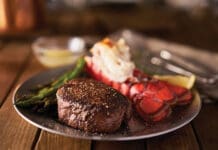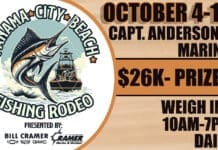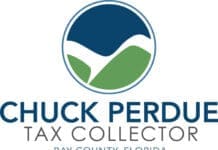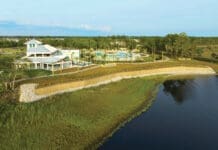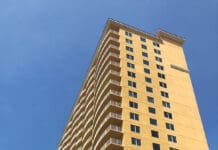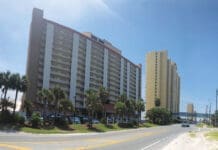 By Julie McConnell, UF/IFAS Extension
By Julie McConnell, UF/IFAS Extension
I cannot begin to guess the number of times over the past eleven years a homeowner has said, “This weed is killing my lawn.” Well, not exactly. A weed is a subjective term used to describe a plant out of place. But what if the plant is in the right place, but the gardener’s choice is a bad fit?
The number one Florida Friendly Landscaping™ principle is “Right Plant, Right Place” which boils down to matching your plants to the location you have rather than trying to manipulate the environment for the plant you want. There are some things we can do to compensate less than ideal environmental conditions, but there are limits to what is reasonable and practical. Sometimes we find that the plant that is flourishing is just better suited for the site than what the homeowner is trying to grow.
Before planting or when troubleshooting an existing landscape issue, you should note the following about the site:
• How many hours of direct sunlight is shining on this site?
• Does the soil drain quickly or remain saturated after rainfall/irrigation?
• What is the pH, and does it match the ideal range for the plant I want to grow?
• Is this area windy? If so, which direction is the wind coming from (this can be critical for marginally hardy plants exposed to North winds as we saw in December of 2022)?
• Is there a high potential of salt exposure by wind, saltwater flooding, fluctuating salt content in reclaimed water, or saltwater intrusion into irrigation wells?
• Are there “indicator weeds” that are trying to tell me important information about this site?
The table below lists some common indicator plants found in landscapes and the conditions they can tolerate.
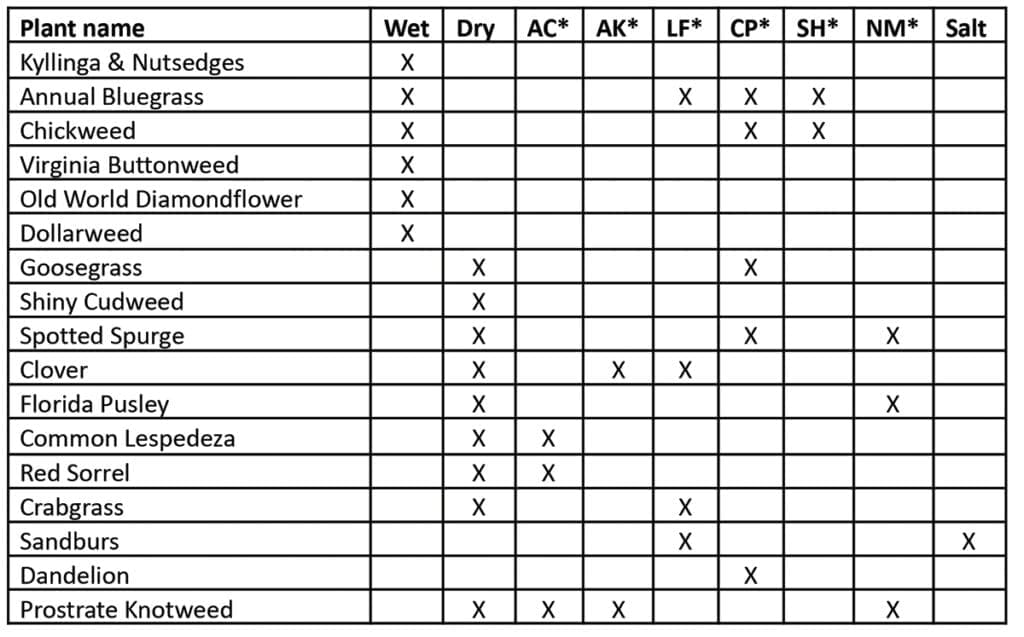 This table is meant to guide the gardener with site assessment and is not a definitive diagnosis of conditions listed. Let’s look at how this information can be useful.
This table is meant to guide the gardener with site assessment and is not a definitive diagnosis of conditions listed. Let’s look at how this information can be useful.
A portion of my Bermudagrass lawn struggles to fill in and every winter I have a lot of annual bluegrass in this spot. Bermudagrass prefers full sun, good drainage, and has moderate fertility needs. Annual bluegrass can tolerate shade, compaction, moist soil, and low fertility. If the bluegrass is thriving and the bermudagrass does not, this tells me that I need to take a closer look at these characteristics and decide between modifying the site or choosing a different plant for that site.
To read more about indicator plants and Florida Friendly Landscaping™ please visit the links below.
Weeds as Indicators of Soil Conditions in Lawns and Landscapes https://edis.ifas.ufl.edu/publication/EP634
Florida Friendly Landscaping™ Program
https://ffl.ifas.ufl.edu/
An Equal Opportunity Institution. UF/IFAS Extension, University of Florida, Institute of Food and Agricultural Sciences, Andra Johnson, Dean. Single copies of UF/IFAS Extension publications (excluding 4-H and youth publications) are available free to Florida residents from county UF/IFAS Extension offices.


